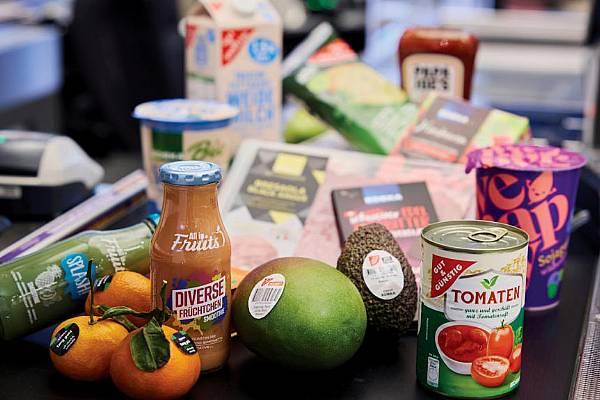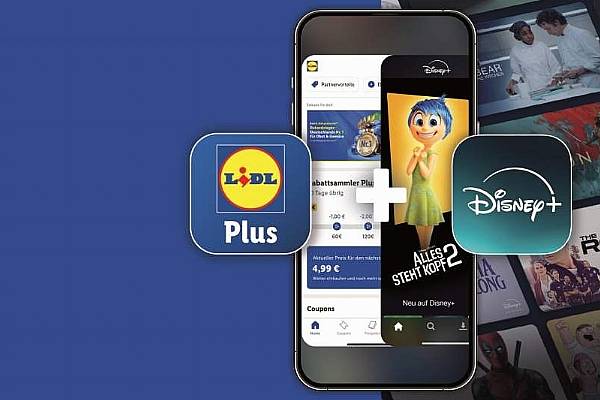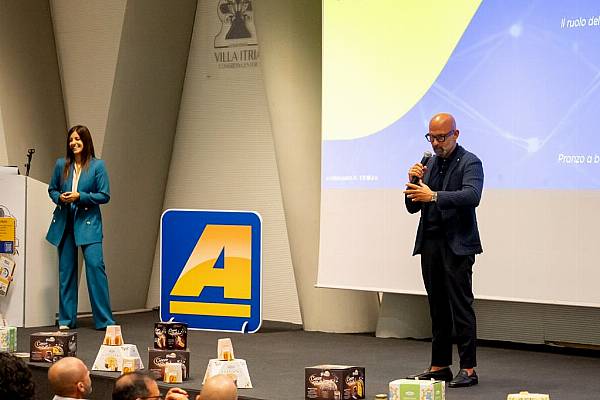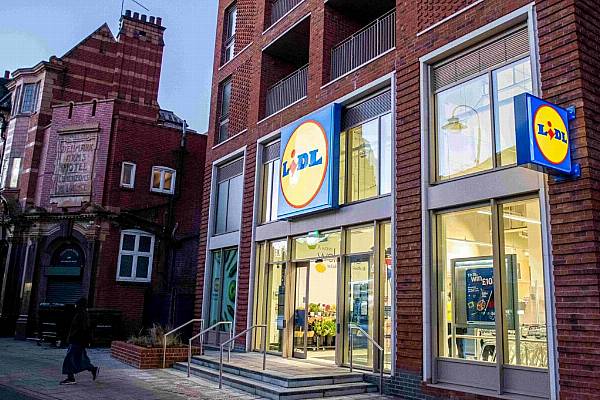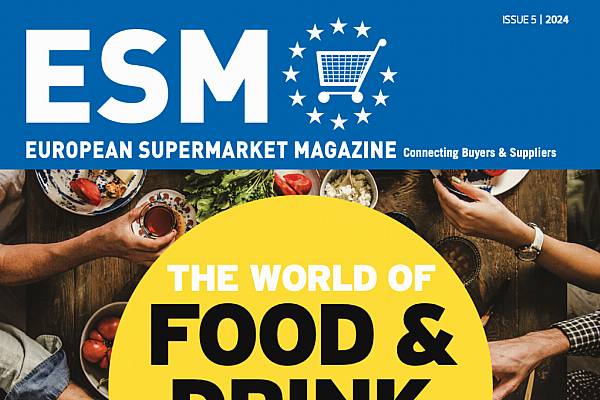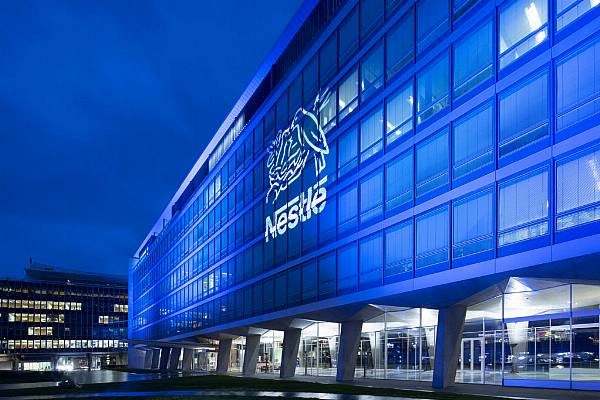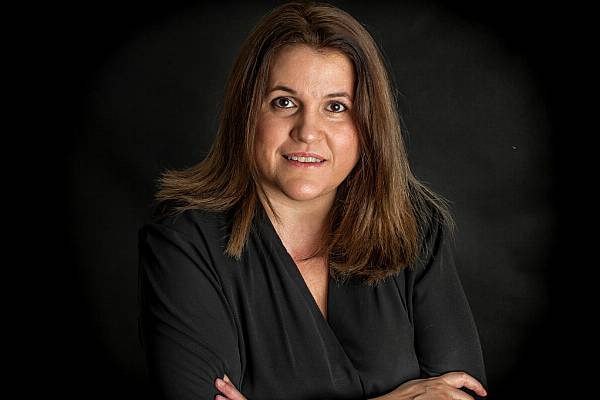Paul Stainton, UK partner at private-label consultancy IPLC, examines the latest trends in supermarket pricing strategies and the evolving role of private label. This article first appeared in ESM's May/June 2024 edition.
Private-label consultancy IPLC has just published its latest annual research, this year focusing on current supermarket pricing strategies and the ever-evolving role that private label plays across Europe.
Following the last few tumultuous years, with the pandemic, worldwide unrest, and the cost-of-living crisis affecting us all one way or another, IPLC set out to determine the answers to some burning questions, such as how much the recent period of high inflation has impacted the market landscape, affected price competitiveness between private labels and the brands across retailers, and led to new initiatives within both private label and brands.
The Price is Right? Supermarket Pricing Strategies and the Evolving Role of Private Label follows up on IPLC’s 2021 research, Mind the Gap, which identified a continuing closure of the price gap between the mainstream supermarkets and the discounters, with varying strategies being adopted across the retailers to ensure that they remain competitive.
Some 18 retailers across nine European countries were surveyed, with retail prices and weights checked on the same basket of over 70 key products per retailer, as per the 2021 research. As in 2021 and a previous 2016 survey, Lidl – being the largest discounter across Europe – was surveyed in all countries, to determine the discounter price position.
Discounter Price Gap Continues To Close
IPLC’s research has found that the average price of standard-tier private label, compared to the national brand, is now, on average, 48% cheaper, compared to 47% cheaper in 2021 and 33% cheaper in 2016. Furthermore, the average price gap between Lidl and national brands has closed slightly, to be 54% cheaper, whereas in 2021 it was 55% cheaper, and in 2016, 54% cheaper.
As a result, the average price gap between private label in Lidl and other retailers has reduced to 6% cheaper, compared to 8% cheaper in 2021 and 21% cheaper in 2016.
In many countries, such as France, Germany, the Netherlands and Portugal, supermarkets have lowered their standard-tier private-label prices to near to the discounter level, meaning that Lidl’s prices were less than 6% cheaper than several of the surveyed baskets, and in two cases – E.Leclerc in France and Edeka in Germany – just 4% cheaper.
This picture is different in some markets, such as the UK, Ireland and Italy, however. Here, Lidl remains over 15% cheaper than the main supermarkets. To counter this, some supermarkets, such as Tesco, have chosen to run ‘price match’ campaigns across a mix of value-tier and standard-tier private-label products, complemented by some branded products, to attack the discounter threat.
Value-Tier Private Label Flourishes
In order to manage their price competitiveness, retailers across Europe continue to adapt their private-label architectures.
Of particular note is the activity that has been seen in the value tier over the past two years. The research indicates a 34% increase, compared to 2021, in the number of value-tier private-label products being offered across the surveyed retailers. When buying a mix of value tier (where available) and standard tier (where the value tier is not available), the average price compared to the national brand is 53% cheaper – the same as in 2021.
Within the value tier, various strategies have been deployed, including new, extended and relaunched ranges. Some have been successful, such as Just Essentials in Asda (UK), Stamford Street Co. in Sainsbury’s (UK) and Spesotti in Coop (Italy). Not all have worked, though, with Aldi Süd in Germany almost totally delisting its Einfach Gut range only a few months after its launch.
Value-tier products are sold, on average, 28% cheaper than standard tier in the supermarkets and 30% cheaper in Lidl, in the countries where Lidl offers a value-tier option. In most countries, the value-tier private label in supermarkets and discounters is of a lower specification, compared to the standard tier. This differs in Germany, where Edeka’s Gut & Günstig and REWE’s Ja! ranges are of standard-tier quality, but sold at discounter prices.
Prices Rise By Over 30% In Last Three Years
Across the surveyed baskets, retail prices increased by an average of 31% between 2021 and 2024. Standard-tier private label rose by an average of 31%, while brands rose by an average of 27%.
It is the value tier of private label, however, that has seen the biggest increase – of 36%. A 10c increase in the cost of a product will have a bigger impact on the value tier, from a percentage perspective, than it will have on a standard-tier private label and on branded items, due to the relatively low starting price of the value-tier product.
The higher rise in the basket prices of private-label products, compared to that of brands, will have helped the growth in market share of private-label products. These higher rises in private-label baskets will also be a result of the fact that raw-material costs account for a higher percentage of the total cost of a private-label product, compared to a brand – the total cost of which also includes marketing and promotional support.
The IPLC survey also reveals that a few retailers have adopted the once brand-only strategy of reducing pack sizes while maintaining (or increasing) the retail price – known as shrinkflation. Examples of this include baby wipes in the UK and Spain, and dry dog food in Spain and Portugal.
Branded Activity
The research notes that the retail selling price of a similar pack size of some brands can vary considerably across different European countries – an example being Coca-Cola, which sells at over 150% more at a retailer in Ireland than at a retailer in France, and Nutella, which sells at over 60% higher at a retailer in the Netherlands, compared to a retailer in Belgium.
The research notes that the main discounters have listed more national brands in their ‘everyday’ ranges over the last three years. While this may be a strategy to convince customers that they need not shop elsewhere for some of their favourite brands, one theory is that the brands are being listed to help the discounters demonstrate, at the point of sale, just how cheap their private-label products are.
Lidl now sells the equivalent brand to its private labels on over 30% of the products in the surveyed baskets. On average, the branded products were selling 119% higher than the Lidl product, almost certainly adding good margin, as well as highlighting how cheap the private-label alternative is.
The Competitive Future
IPLC’s report includes a view as to key issues that must be addressed going forwards, such as how the discounters need to focus on how they maintain their price-leading position, how value-added private-label development will be key for all retailers, and how retailers may be able to fill the gaps between private labels and brands.
The report, available for download from the IPLC website (www.iplc-europe.com) from 15 May, also includes deeper insights into value-added private-label developments and price differences between countries and retailers on a basket of fresh products.
This article first appeared in ESM's May/June 2024 edition.
